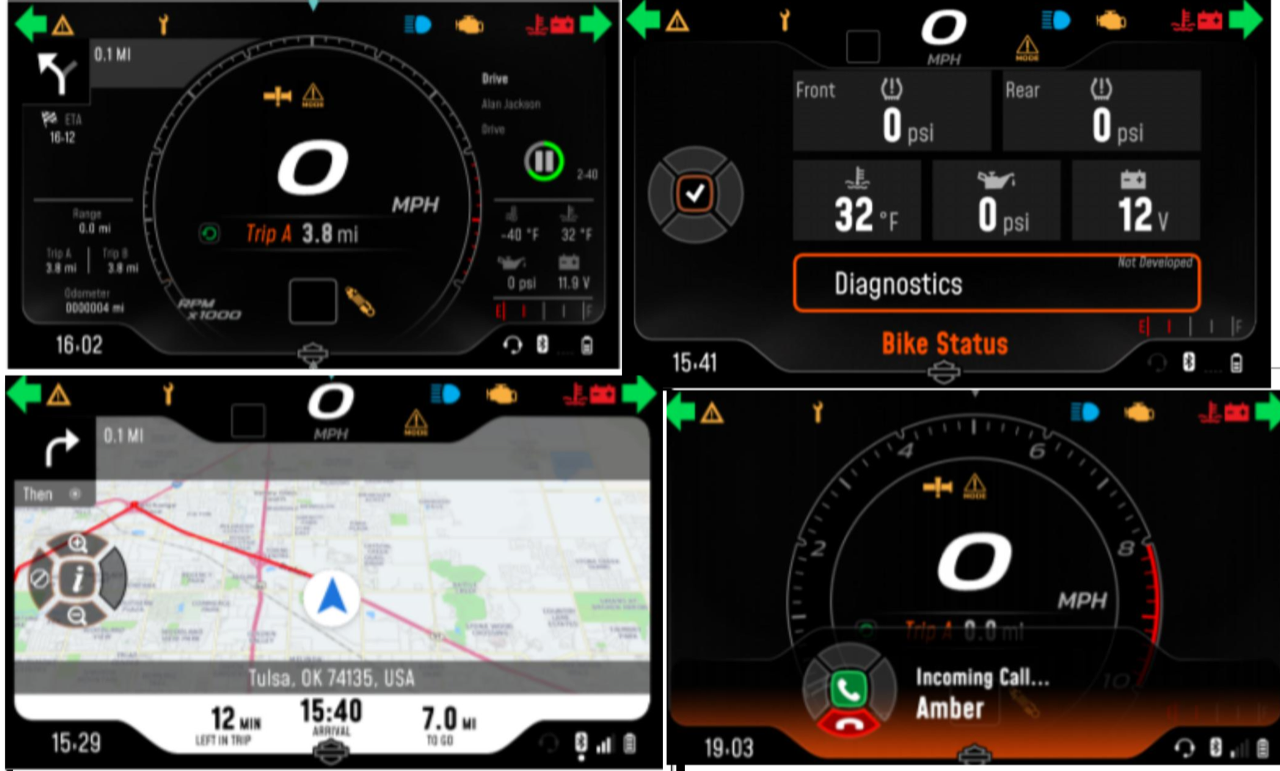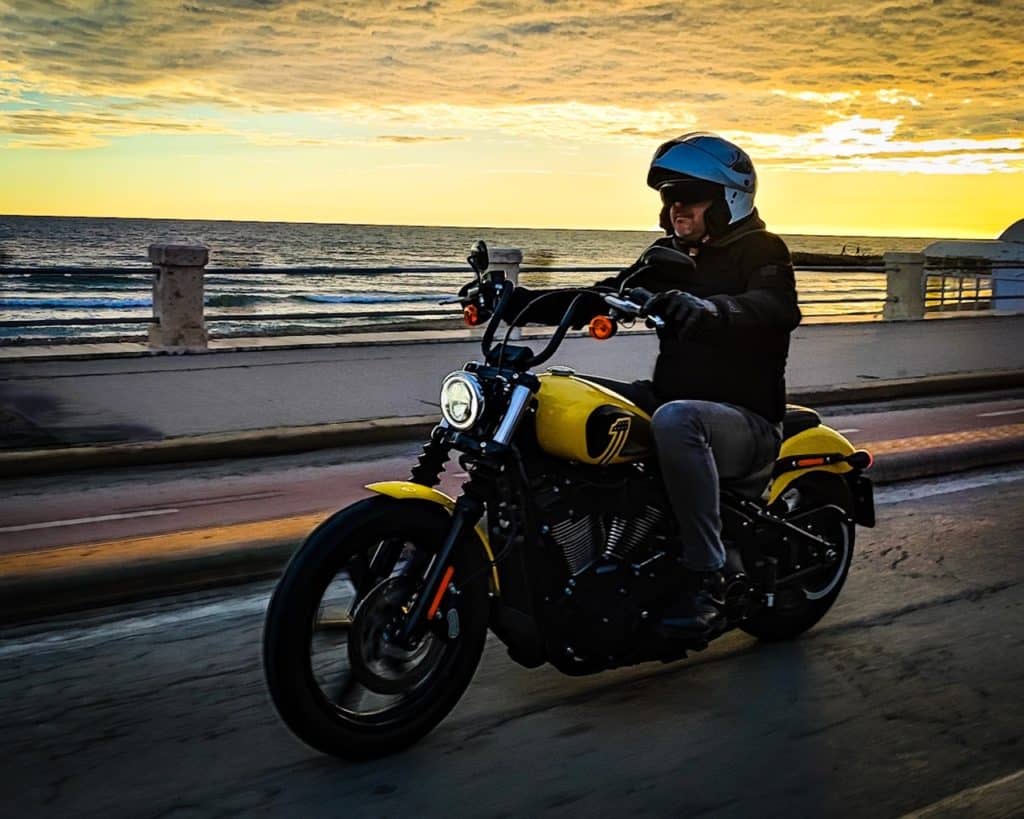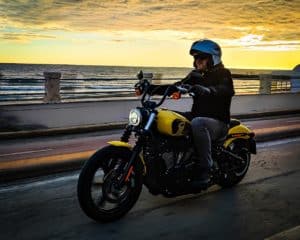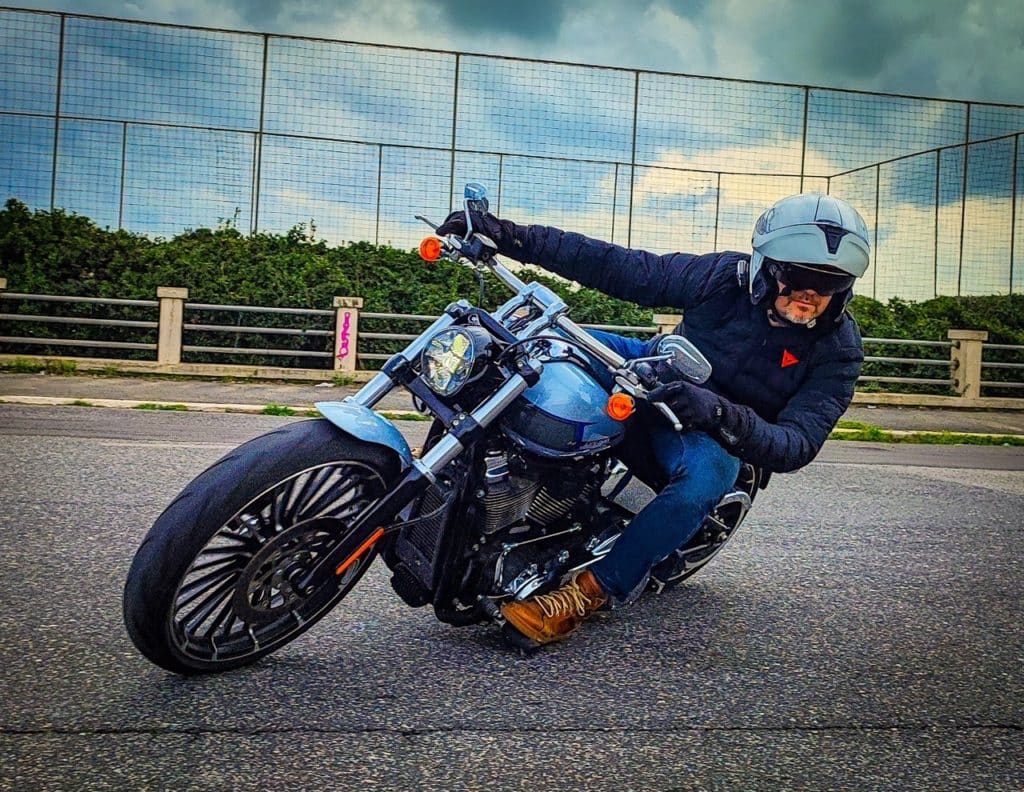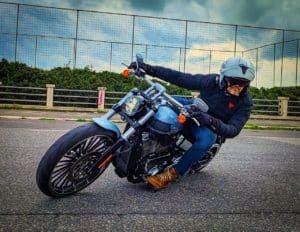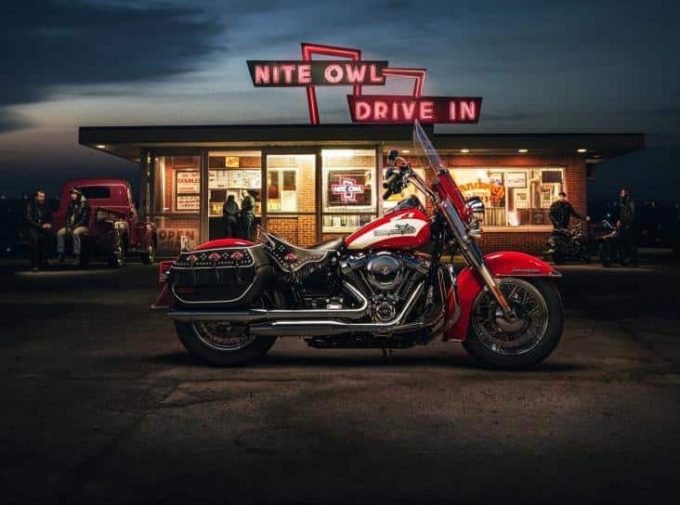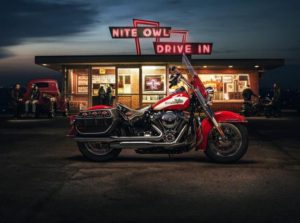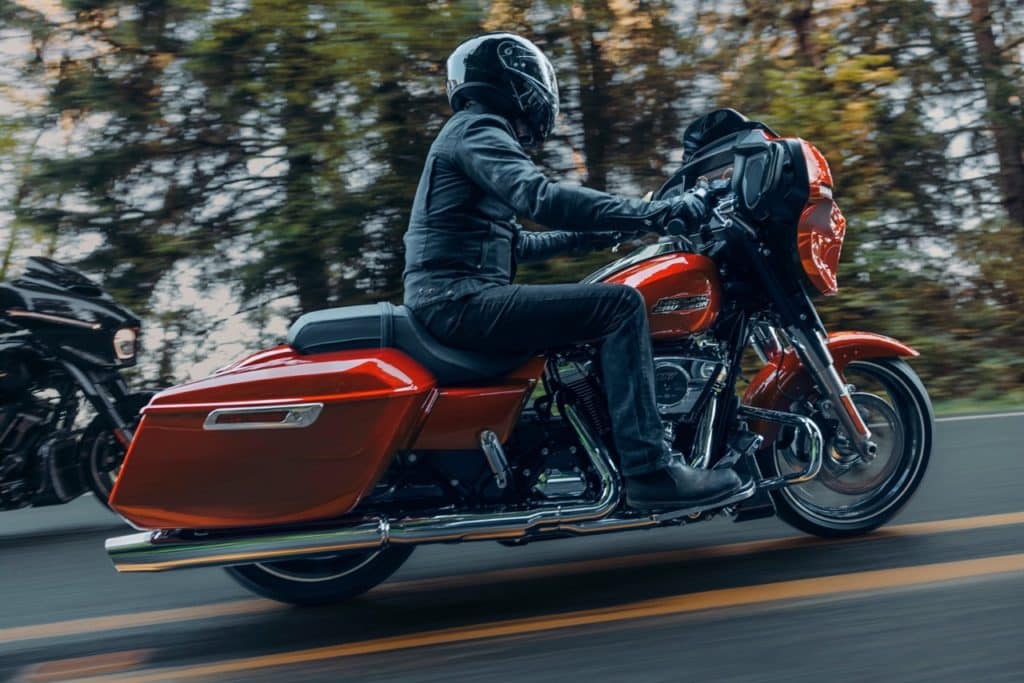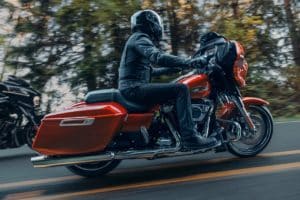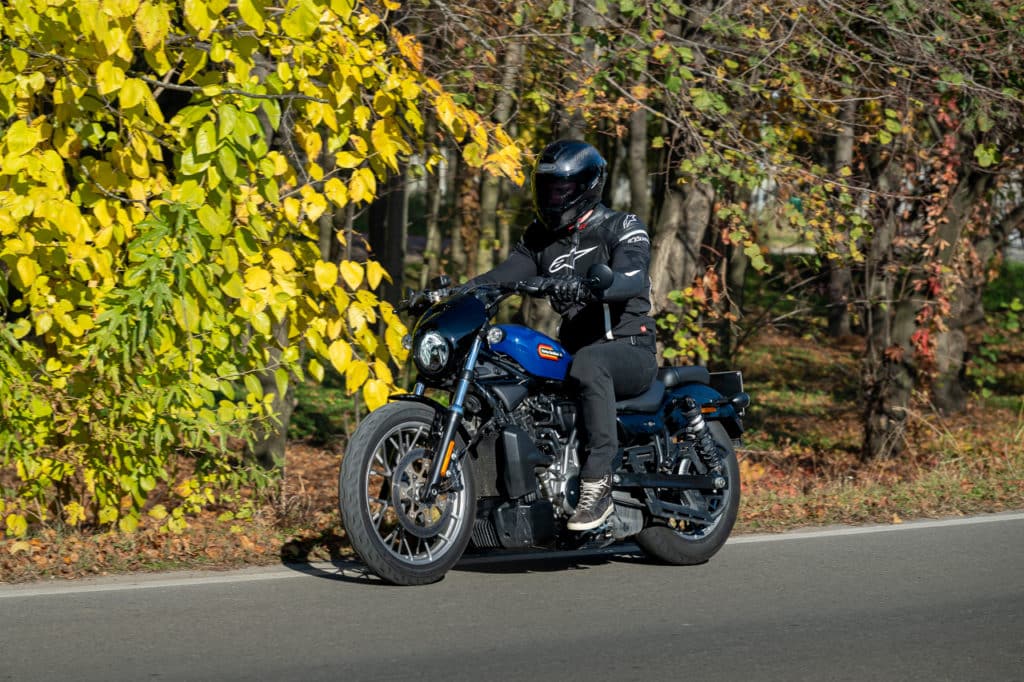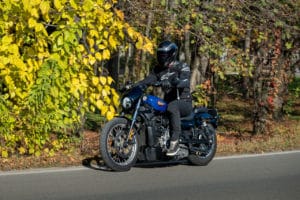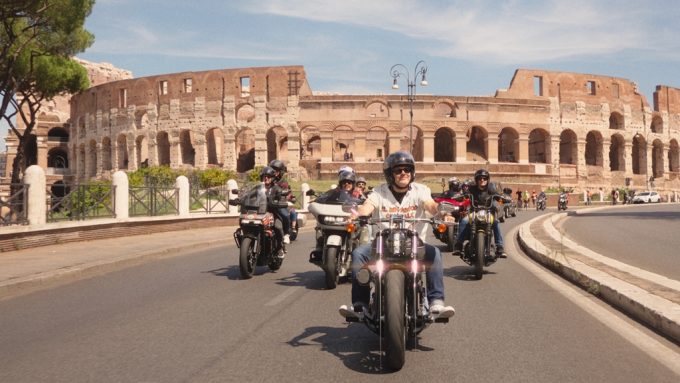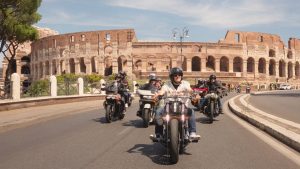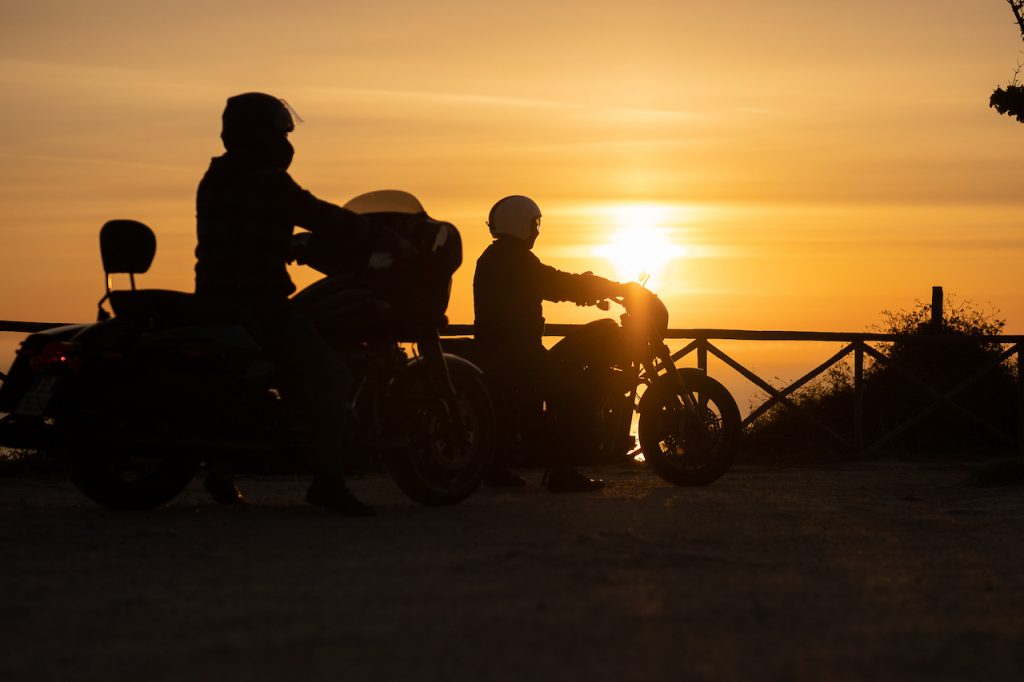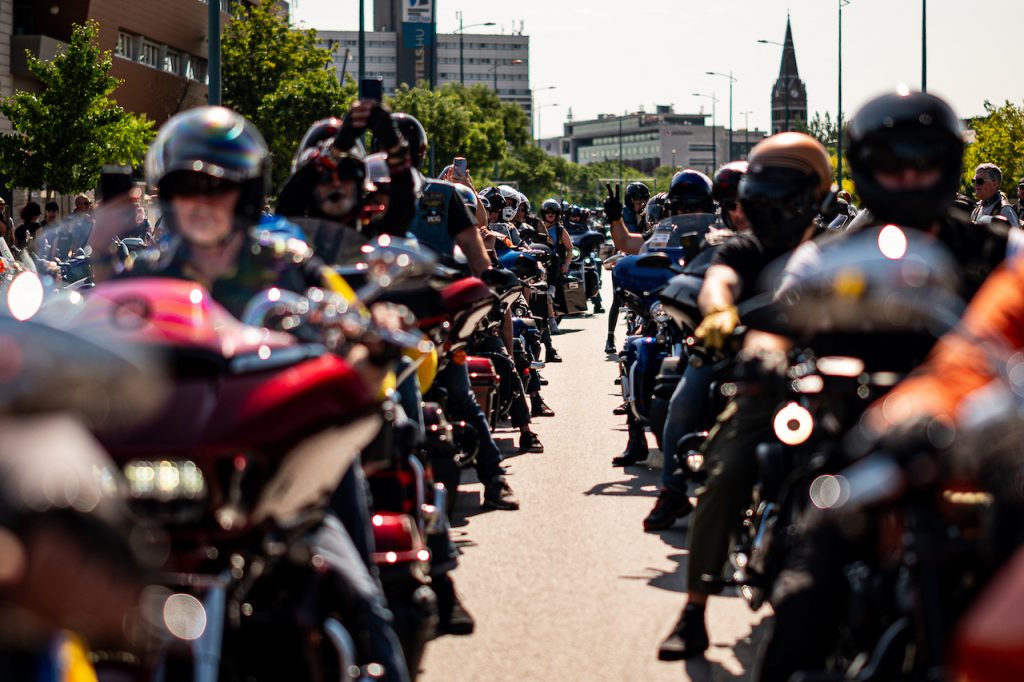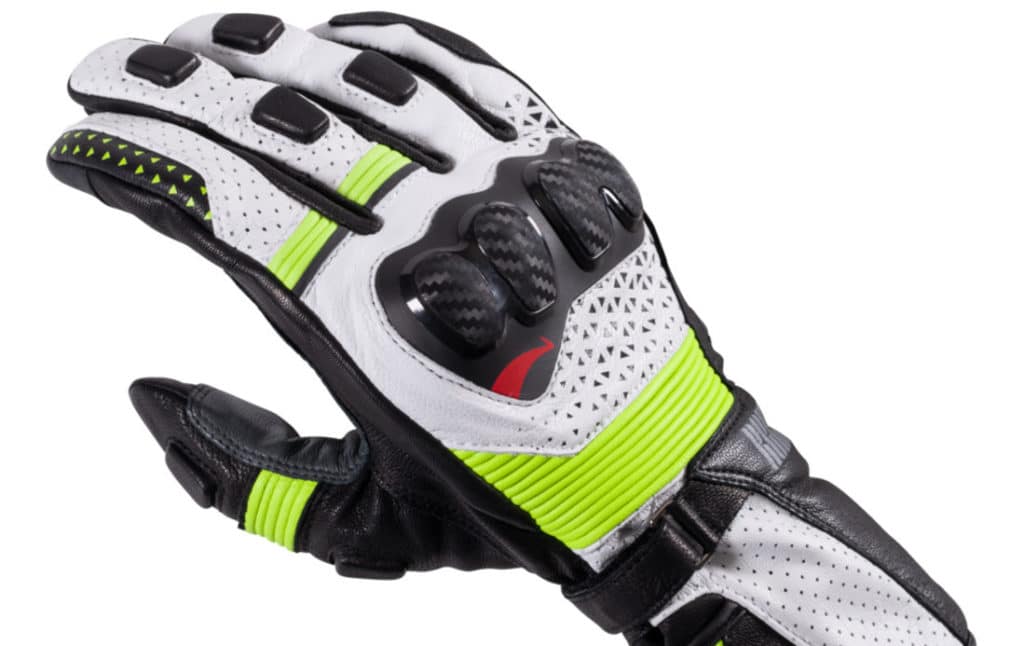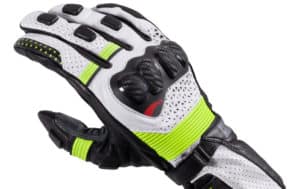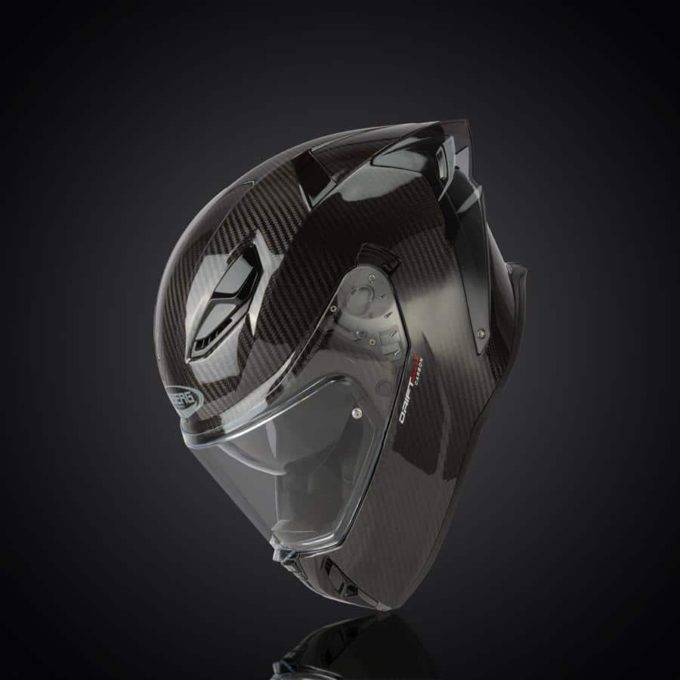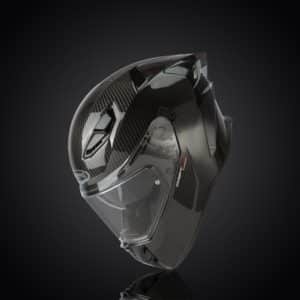Harley-Davidson Pan America 1250: a technology functional to the experience [PHOTO]
Semi-active suspension on Pan America™ 1250 Special
Together with a new V-Twin engine Revolution®Max 1250 technology also fuels the experience of riding the new ones Harley-Davidson® Pan America™ 1250 e Pan America™ 1250 Special.
An overview of solutions
The new models Pan America ™ 1250 e Pan America™ 1250 Special are equipped with a TFT touchscreen da 6,8 inches which includes instrumentation and infotainment. The same display can be tilted on the support to improve visibility and the touchscreen function is disabled while driving, giving space to manual controls.
There are different driving modes that can be recalled to which the performance and character of the model are linked. They are listed five, of which four are pre-programmed and one is customizable. While on Pan America™ 1250 Special There are two additional modes that can be customized. Pre-programmed riding modes include Road, Sport, Rain , Off-Road e Off-Road Plus and each consists of a combination of variables involving Cornering Enhanced Antilock Braking System (C-ABS), Cornering Enhanced Traction Control System (C-TCS), power delivery and engine braking. Drivers can use the Mode button located on the right to change the driving mode, noting the indicator on the display. Speaking of Pan America™ 1250 Special, the riding mode can also affect the semi-active suspension settings.
The technologies are designed considering performance and traction in different road and climatic situations, taking into account chassis control and electronic control of the brake and powertrain.
Also highlighted is an inertial measurement unit, also known as IMU, involved in detecting the lean angle of two-wheeled vehicles or lateral acceleration when cornering, but also refinements regarding safety Cornering Rider Safety Enhancements with "cornering enhanced" technology designed for motorbikes. For example a function Cornering Enhanced Electronically Linked Braking (C-ELB) with application of braking on both wheels, when the rider acts on the brake lever (front) or pedal (rear) control, balancing the braking itself. A system that is disabled when the rider invokes the custom Off-Road Plus or Off-Road Plus riding mode.
A is also listed Cornering Enhanced Antilock Braking System (C-ABS), an advanced braking system that represents a variant of ABS when cornering, evaluating the lean angle. Additionally, Rear Wheel Lift Mitigation (RLM) employs C-ABS sensors and the Inertial Measurement Unit (IMU) to manage rear wheel lift when braking hard.
Also interesting is the Cornering Enhanced Traction Control System (C-TCS) designed to prevent the rear wheel from spinning excessively during acceleration, when traveling in a straight line or on bends, always keeping the driver's safety in mind. It turns out a variant of the TCS by evaluating the lean angle of the vehicle and the C-TCS can be disabled and each pre-programmed mode has a specific level of TCS and/or C-TCS, according to the indications.
The systems also include torque control when cornering Drag-Torque Slip Control System (C-DSCS) which acts upon detection of excessive slip of the rear wheel during deceleration, regulating the output of the engine torque to optimally adapt the speed of the rear wheel to the road surface with adaptation when cornering depending on the steering angle. fold. A solution that is disabled in Off-Road Plus and Custom Off-Road Plus and whose intervention can be attenuated when the TCS is disabled. The tire pressure monitoring system is also functional Tire Pressure Monitoring System (TPMS), noting the detected tire pressure on the display, which signals when it is low and needs to be checked. A standard solution on the Pan America™ 1250 Special model and an option to install on the Pan America™ 1250.
Then a Hill hold control (HHC) which places and maintains brake pressure when activated, preventing the motorcycle from skidding after the rider has released the brake controls, ensuring that the vehicle does not move when for example it is stopped near a stop signal stop on hills or on a sloping section. Pressure on the brake is exerted until the driver operates the accelerator and clutch to resume travel. The HHC, underlined by a light indicator, can also be functional when the motorcycle is stopped on a flat surface, if the rider wants to maintain the position without applying pressure on the brake, but it does not act as a parking brake.
Adaptive dynamism on the Special
The specimen Pan America™ 1250 Special presents suspensions front and rear semi-active manageable electronically. Considering the data provided by the sensors, the suspension system automatically takes care of the damping to adapt to the ground conditions, based on the needs of the motorcyclist. The suspension components are supplied by SHOWA®, while the control software was developed by Harley-Davidson®.
There are five pre-set profiles of the semi-active suspension system and incorporated into each driving mode: Comfort favors the aforementioned aspect; Balanced optimizes comfort and ride control; Sport maximizes control with higher damping to safely promote sporty driving; Off Road Soft with reduced initial damping minimizing backlash when driving and suitable for tackling forest roads, irregular terrain and rocky terrain and Off Road Firm with greater initial damping for an aggressive and functional type of driving on soft or clayey terrain. The driver, however, cannot change the profile of the semi-active suspension in a pre-programmed driving mode, but by generating a personalized driving mode to be recalled.
Specifically, the SHOWA® BFF™ (Balance Free Forks) inverted front suspension with semi-active damping control results from 47 millimeters. The rear one is equipped with a SHOWA® BFRC™ (Balanced Free Rear Cushion-lite) shock absorber with electronic preload control and semi-active damping control. Front and rear suspension travel amounts to 190 mm.
The semi-active suspension system responds depending on vehicle speed, roll angle and speed, vertical acceleration, suspension position, intensity of the driver's accelerator action and braking torque, as well as the driving mode. So the vehicle load control system (Vehicle Loading Control system) detects the weight of the rider, passenger and any luggage, choosing the optimal suspension lowering and adjusting the rear preload, as indicated.
Another interesting aspect is the adaptive driving (Adaptive Ride Height), an exclusive option for the model Pan America™ 1250 Special. An unprecedented technology in the motorcycle sector. Essentially an advanced suspension system that allows automatic transition from a low position when the vehicle is stationary to an optimal ride height during use. This solution facilitates getting into the saddle and also placing the feet on the ground, reducing the height of the saddle from 2,5 cm to 5 cm, based on the automatically recalled rear preload.
Four selectable sub-modes are indicated: Self Mode which determines the speed at which the suspension lowers based on the intensity of braking, completely reducing the suspension when the bike is stationary, Short Delay e Long Delay Mode with delayed lowering in both cases until the vehicle stops, maintaining the height from the ground while the motorcycle moves at low speed such as when parking and Locked Mode with which the normal ride height is maintained and does not lower when stationary. A mode that caters to tall motorcyclists.
Photo: Harley-Davidson®
if you want to always be updated on our news
Follow us here

